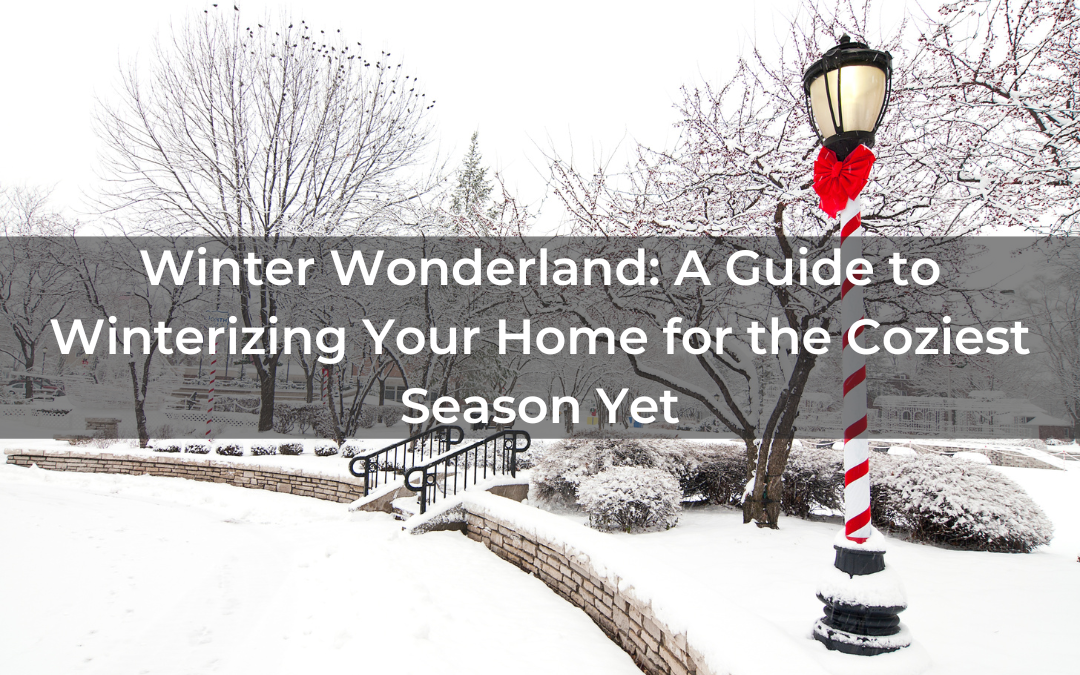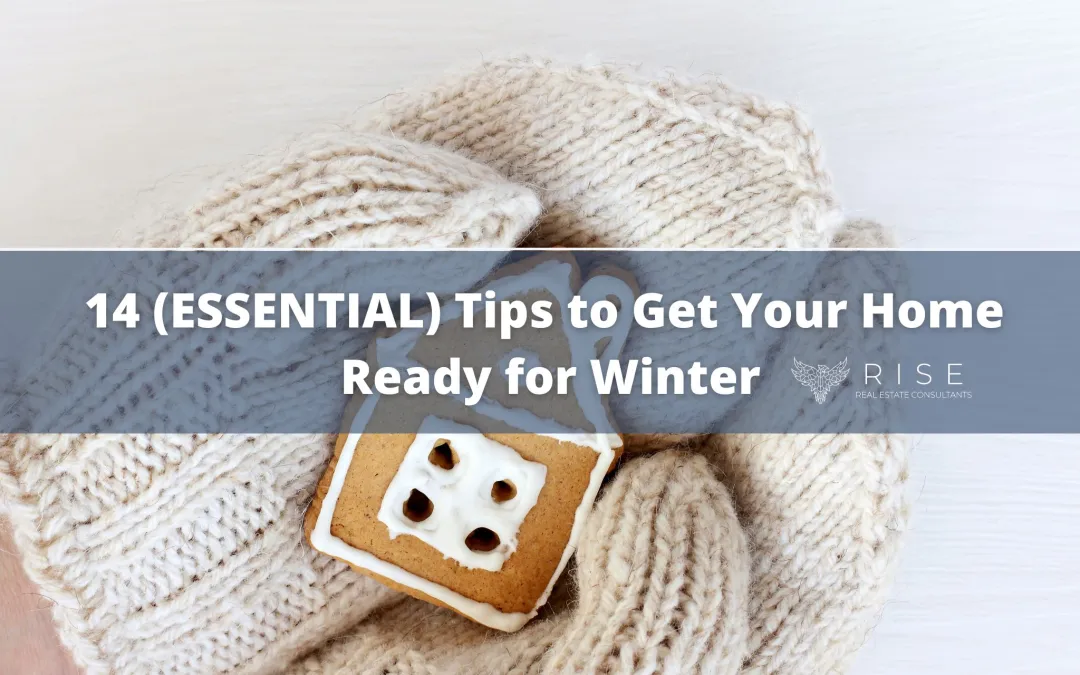
Winter Wonderland: A Guide to Winterizing Your Home for the Coziest Season Yet
As the temperature drops and snowflakes start to fall, it’s time to transform your home into a cozy winter haven.

Rhode Island, just like all of Southern New England, can get pretty fierce winters. As homeowners, it’s important to be prepared and have your house ready to face the brunt of a Nor’Easter. Here are 14 tips to get your home ready for winter:
1. Start with the basics
Review your home insurance policy to make sure you’re adequately covered in case of weather-related damage. Now is also a good time to check your home’s gutters and downspouts to ensure they’re clear of leaves and debris.
2. Winterize your windows and doors
Caulk and weather-strip doors and windows to keep cold air out. Consider installing storm windows for added protection.
3. Prepare your fireplace and chimney
Schedule a professional cleaning and inspection of your fireplace and chimney. Make sure the damper is open before lighting a fire. 4. Protect your pipes: Disconnect hoses from outdoor faucets and drain them. Cover outdoor faucets with insulating foam covers. If you have pipes located in an unheated area of your home, such as a basement or crawlspace, wrap them in insulation to prevent freezing. Also, give your roof an inspection every few years, just to be safe.
4. Make it seasonal
And while you’re inside, make your home feel like the season. Decorate to celebrate your preferred holidays, or be creative with lights, white fabrics and plants to create a winter wonderland indoors!
5. Keep your home warm
Set your thermostat to 68 degrees or lower during the day and 55 degrees or lower at night. If you’re going to be away from home for an extended period of time, set the thermostat no lower than 55 degrees to prevent your pipes from freezing.
6. Bring outdoor furniture inside
Store patio furniture, umbrellas, grills and other outdoor items in a garage or shed.
7. Keep your driveway and sidewalks clear
When it snows, shovel promptly after a storm to prevent it from hardening and becoming difficult to remove. Apply salt or sand to icy areas to prevent slips and falls. Be sure to check your snowblower before the season begins.
8. Check your smoke and carbon monoxide detectors
Test smoke and carbon monoxide detectors monthly and replace the batteries at least once a year. Consider installing a battery-operated or backup generator to keep your home warm and comfortable in the event of a power outage.
9. Be prepared for emergencies
Stock your pantry with non-perishable food items and have a supply of bottled water on hand. Keep a first-aid kit in an easily accessible location. Make sure your cell phone is fully charged in case you need to call for help.
10. Stay informed
Sign up for your local community’s emergency notification system to receive alerts about severe weather conditions in your area. Monitor local news and weather reports for updates on the latest forecast.
11. Check on your neighbors
Winter can be a tough time for elderly or less mobile or less equipped neighbors. Check in on them from time to time to make sure they’re staying safe and warm.
12. Have a plan
In the event of a power outage, have a plan in place for how you will stay warm and keep your family safe. Make sure everyone in your household knows where to find flashlights and extra batteries. Consider purchasing a generator to keep your home warm and comfortable in the event of a power outage.
13. Stay safe
When venturing outside during winter weather, dress in layers, wear gloves or mittens, and protect your head and face with a scarf or hat. Stay hydrated by drinking plenty of fluids, and take breaks often if you’re shoveling. Be aware of the signs of frostbite and hypothermia, and seek medical help if you experience any of these symptoms.
14. Check your car
Winter weather can take a toll on your car, so it’s important to have it serviced before the start of the season. Get an oil change, check the tire pressure and tread depth, and make sure the battery is in good working order. Keep a winter emergency kit in your car, including a shovel, ice scraper, flares, jumper cables, and a bag of sand or cat litter for traction.
If you live in an area that’s prone to winter weather, it’s important to take steps to prepare your home for the season. By taking some simple precautions, you can help protect your home and family from the cold weather.

As the temperature drops and snowflakes start to fall, it’s time to transform your home into a cozy winter haven.

As the days grow shorter and a crisp chill settles in the air, hearts around the world start to beat